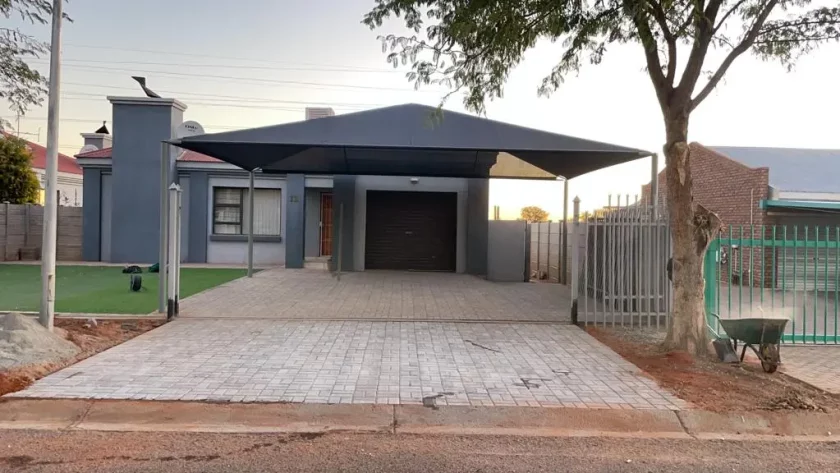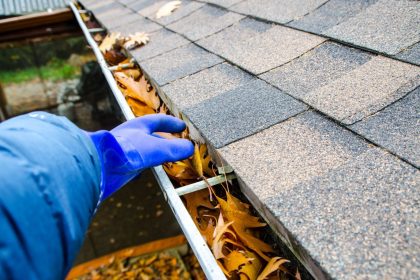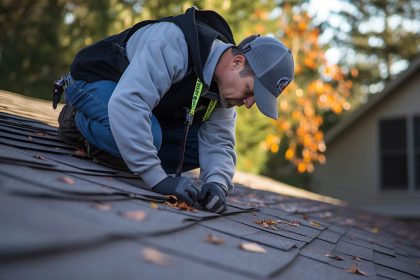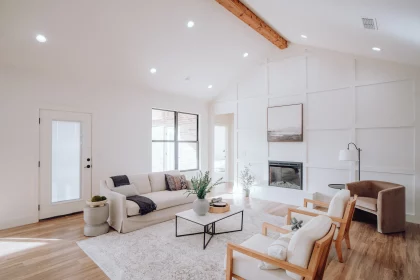When it comes to enhancing your outdoor living space or protecting your vehicles from the harsh sun, shadeports are a fantastic solution. Shadeports not only provide shelter from the elements but also add aesthetic value to your property.
In this comprehensive guide, we’ll delve into everything you need to know about shadeports, from installation to repairs and maintenance.
Whether you’re considering a new shadeport, need repairs, or want to keep your existing shadeport in top-notch condition, you’ve come to the right place.
Chapter 1: The Benefits of Shadeports
Shadeports offer a multitude of benefits that make them a popular choice for both residential and commercial properties. Some key advantages include:
UV Protection: Shadeports block harmful UV rays, protecting your vehicles and outdoor furniture from sun damage.
Temperature Control: They create a cooler environment, making outdoor spaces more comfortable.
Enhanced Property Value: Well-designed shadeports can boost your property’s curb appeal and overall value.
Versatility: Shadeports can be customized to fit various spaces, including driveways, patios, and parking areas.
Chapter 2: Shadeport Installation
Choosing the Right Shadeport Installer: Before you can enjoy the benefits of a shadeport, you need to find a reputable shadeport installer. Here’s how to do it:
Ask for Recommendations: Seek referrals from friends, family, or neighbors who have had shadeports installed.
Online Research: Look for shadeport installers in your area and read customer reviews.
Check Credentials: Ensure the installer is licensed and has a track record of successful installations.
Request Quotes: Obtain quotes from multiple installers to compare prices and services.
The Installation Process
Once you’ve chosen an installer, they will guide you through the installation process, which typically includes:
Site Assessment: Determining the best location and size for your shadeport.
Customization: Choosing the design, color, and materials that suit your needs.
Permitting: Obtaining any necessary permits for your shadeport installation.
Installation: Professional installation by skilled technicians.
Chapter 3: Shadeport Repairs
While shadeports are durable, wear and tear can occur over time. Common issues include:
Torn Fabric: Damage to the shade cloth can compromise its effectiveness.
Rust: Metal frames may develop rust, affecting the structure’s stability.
Loose Anchors: Strong winds or heavy rains can loosen anchors, making the shadeport less secure.
Hiring Shadeport Repair Experts
When you notice issues with your shadeport, it’s crucial to address them promptly. Here’s how to find reliable shadeport repair specialists:
Experience Matters: Choose professionals with experience in shadeport repairs.
Inspection: A thorough inspection will help identify all issues that need to be addressed.
Cost Estimate: Request a detailed cost estimate before proceeding with repairs.
Chapter 4: Shadeport Maintenance
To extend the lifespan of your shadeport and ensure it continues to provide the desired benefits, regular maintenance is essential. Here are some maintenance tips:
Cleaning: Periodically clean the shade cloth to remove dirt, debris, and mildew.
Frame Inspection: Check for rust or damage to the frame components.
Tighten Anchors: Ensure all anchors are secure to prevent wind damage.
Professional Maintenance: Consider professional maintenance services for a thorough checkup.





